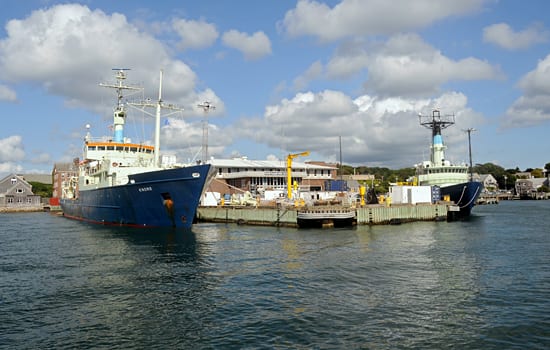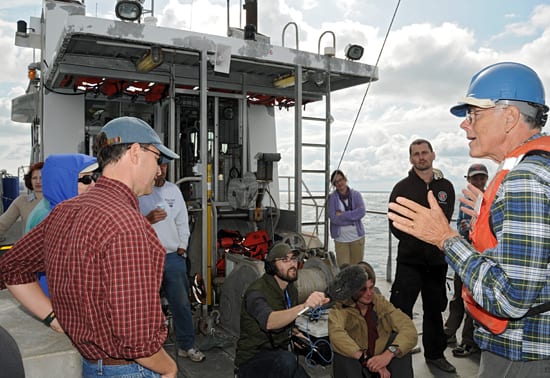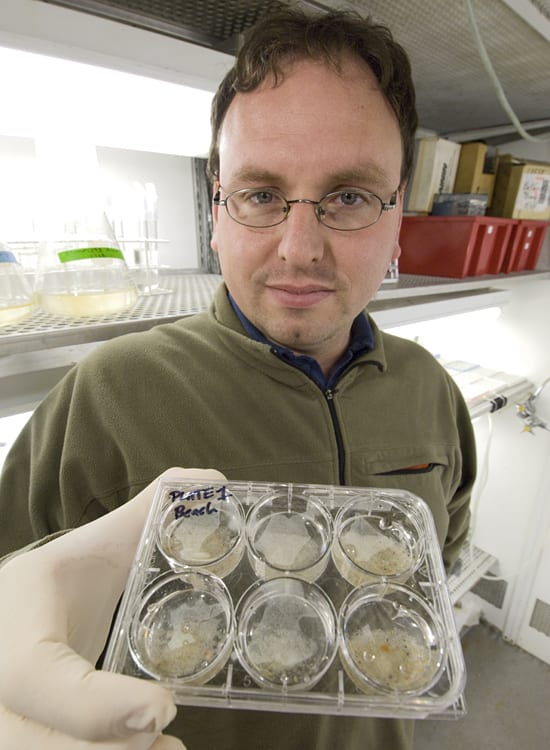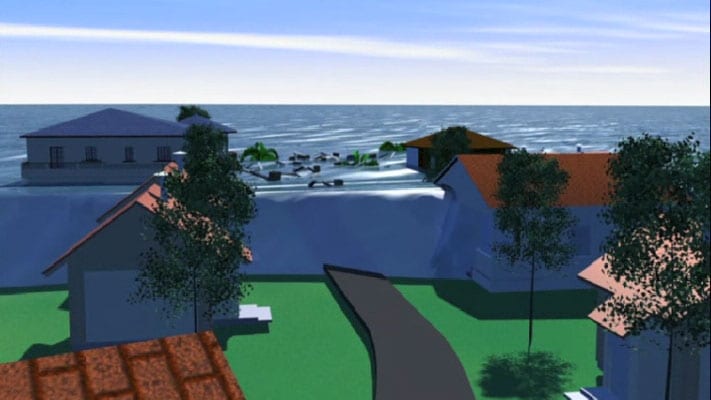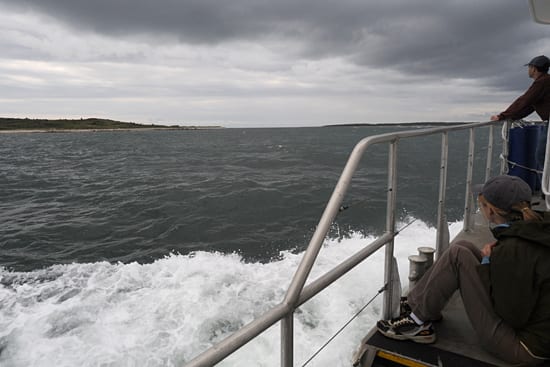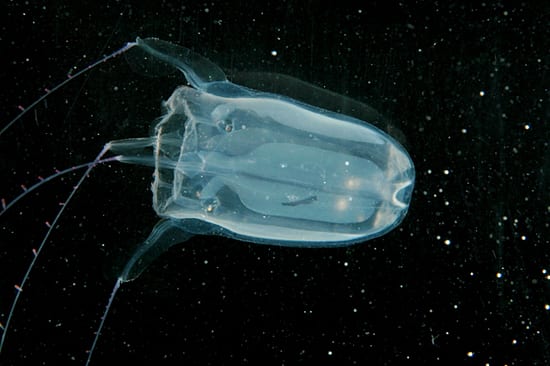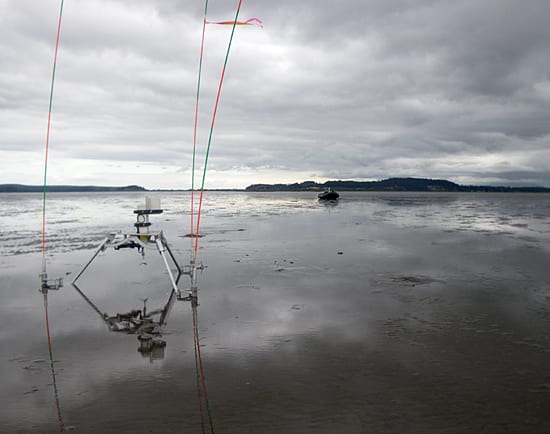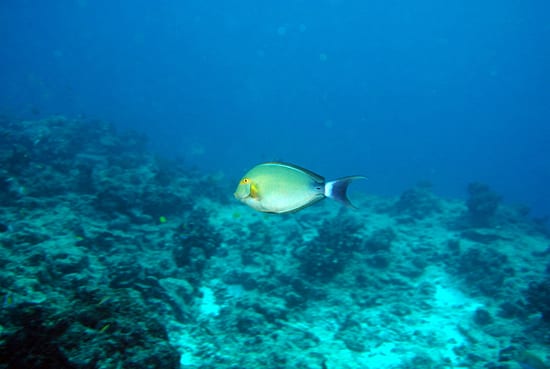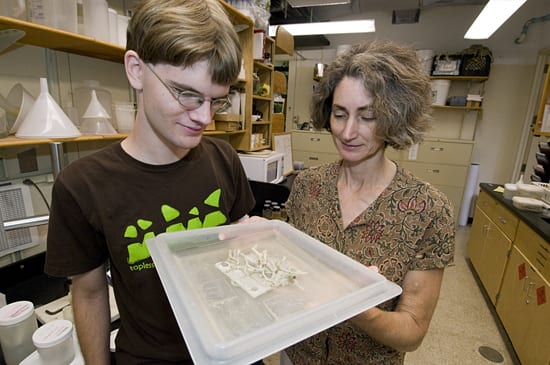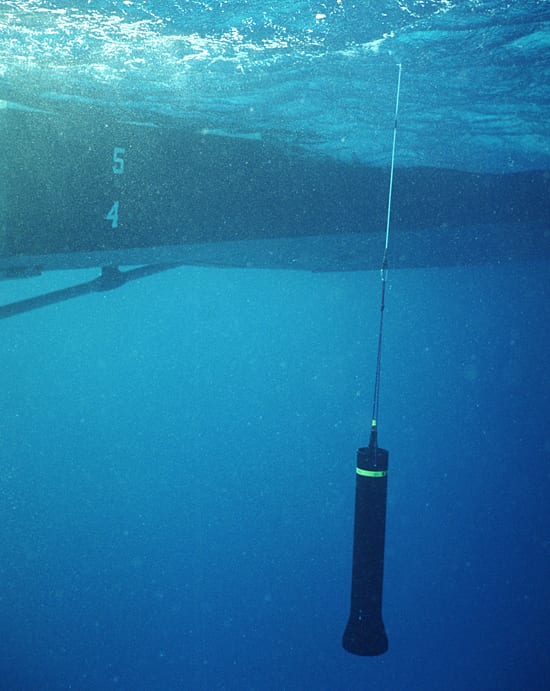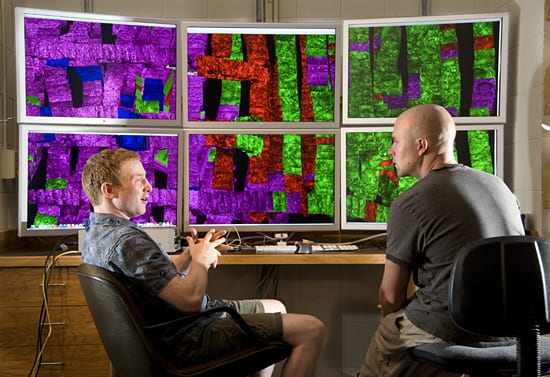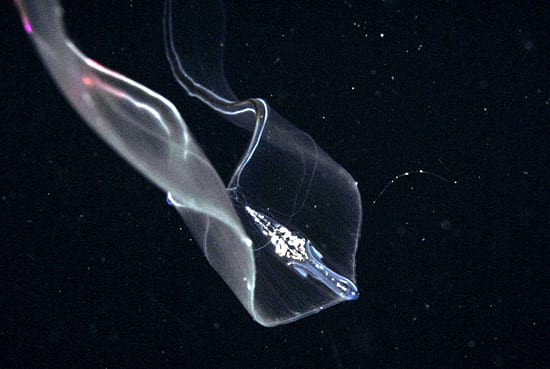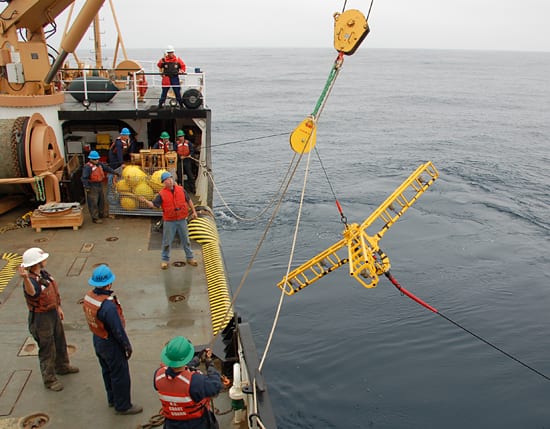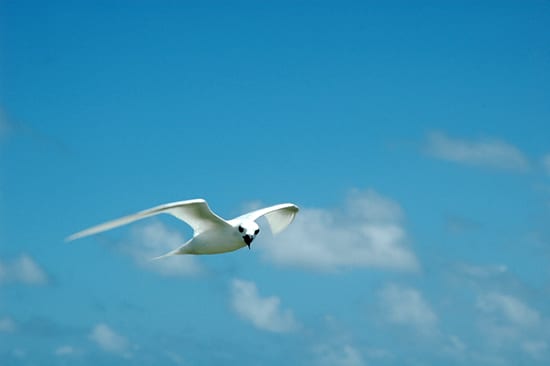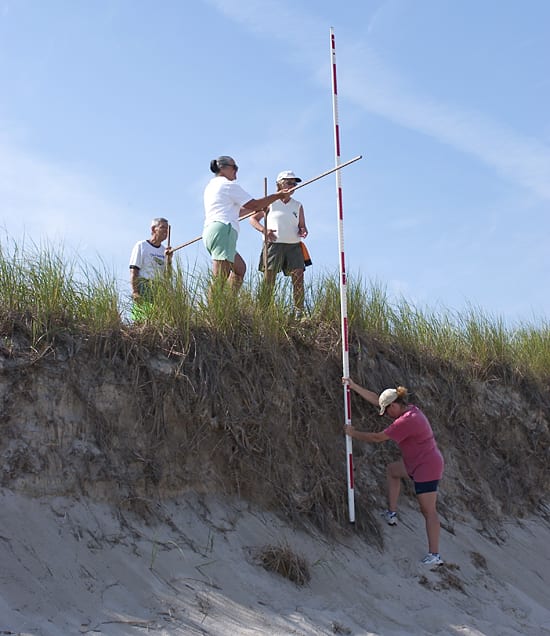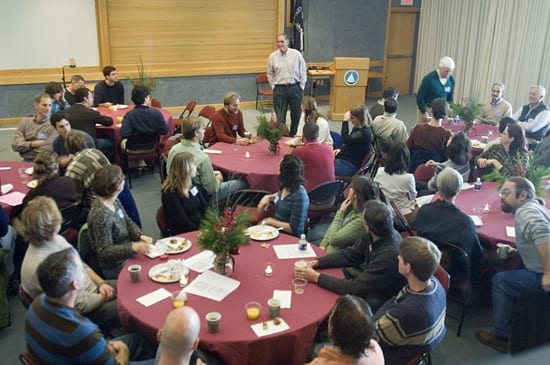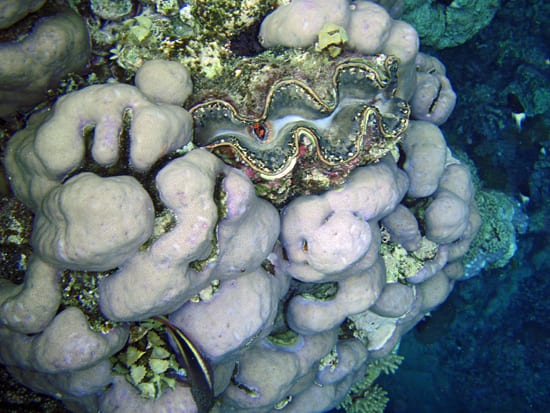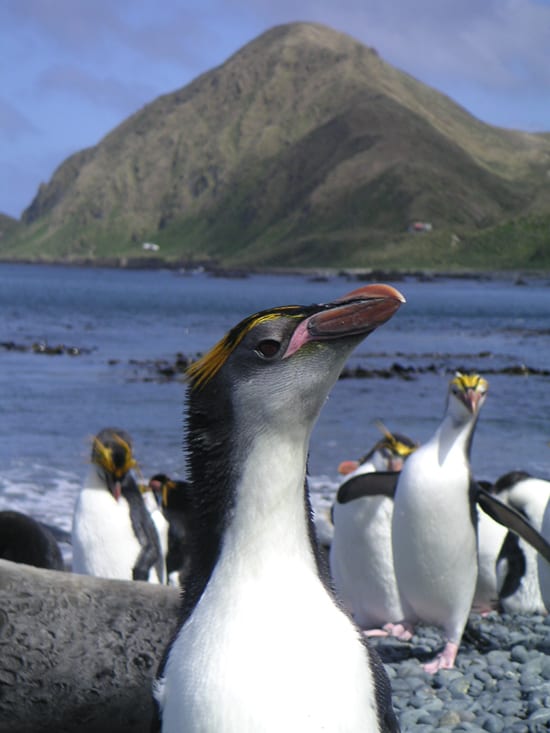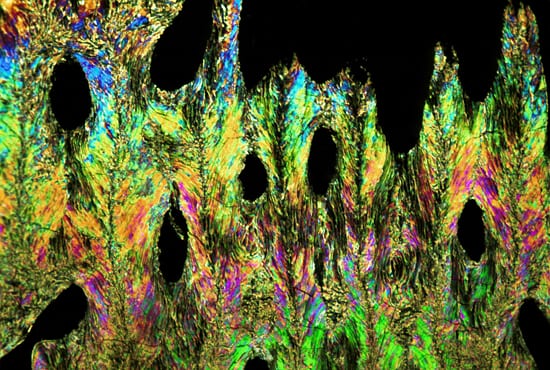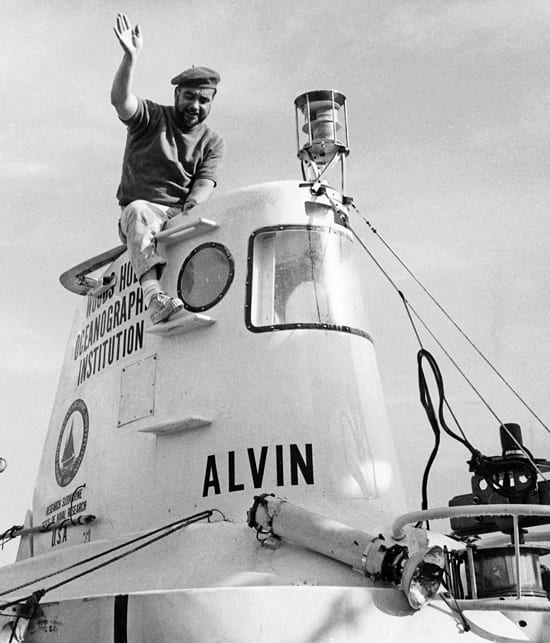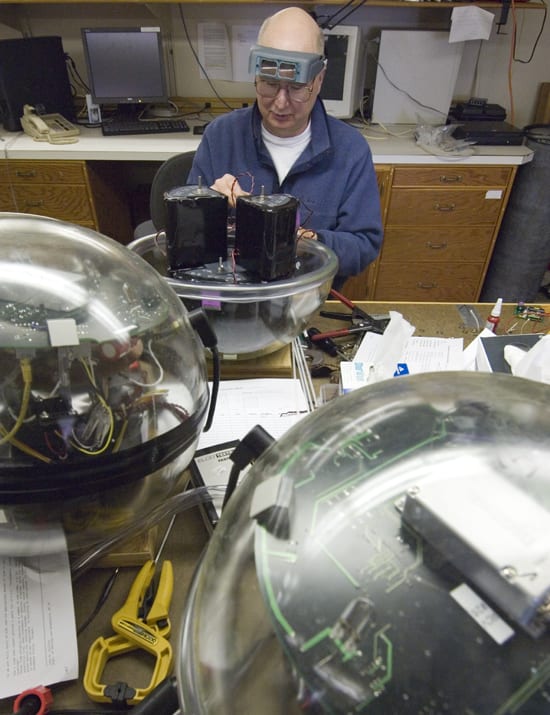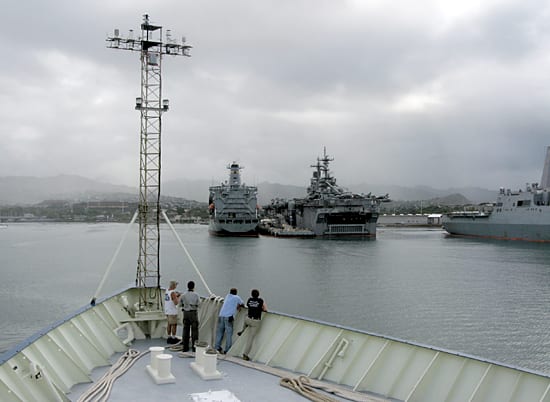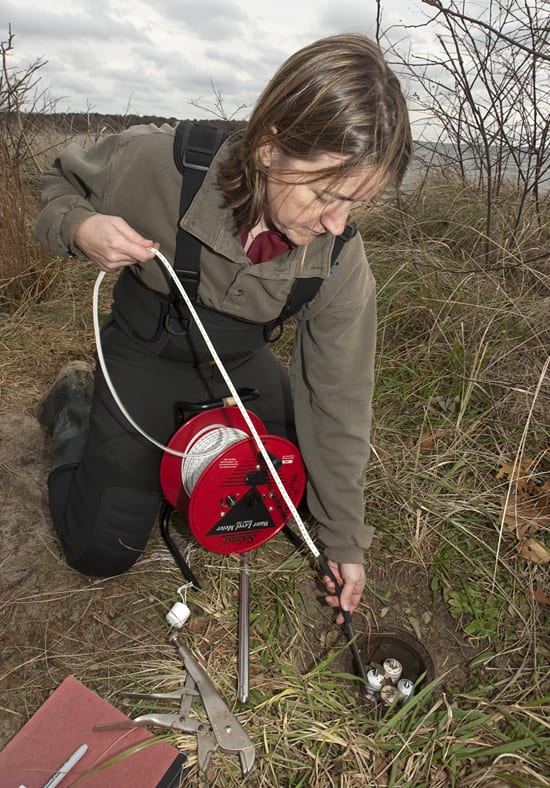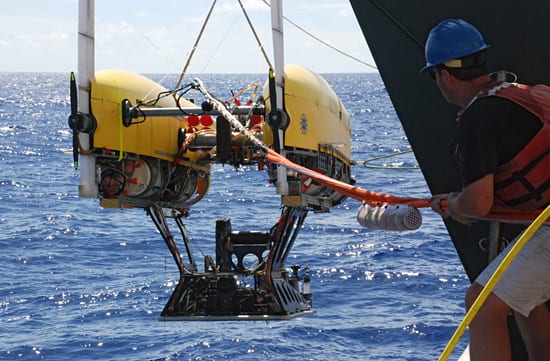Multimedia Items
A rare sight
It doesn’t happen often, but on this sunny September day, two of the Institution’s research vessels — Knorr and Oceanus — were in port at the Iselin Marine Facility. Where…
Read MoreCurrent news
WHOI scientist emeritus Sandy Williams describes the Modular Acoustic Velocity Sensor (MAVS) to the 2009 class of WHOI Ocean Science Journalism Fellows. Williams and physical oceanographer Jim Churchill led the…
Read MoreHunt for Microbial ‘Trojan Horses’
Matt First, a postdoctoral scholar in the WHOI Geology and Geophysics Department, studies “Trojan horses” in the sea — single-celled animals that harbor disease-causing bacteria inside them. “These protists don’t…
Read MoreAnatomy of a Tsunami
This animation shows how a tsunami forms and reveals the powerful impact it can have on coastal communities.
Read MoreNot so friendly skies
2009 Ocean Science Journalism fellows Elise Hugus and Jeff Rubin gaze out at threatening skies as the research vessel Tioga heads into the Quick’s Hole passage on its way back…
Read MoreBeware the box-jelly
This jellyfish is called a box-jelly, or a cubomedusa. This type of jellyfish can deliver toxic stings, so it was collected very carefully by a researchers working in the Phoenix…
Read MoreWhat makes a tidal flat tick?
That’s exactly what WHOI researchers are working to find out with the Skagit Tidal Flats Experiment. Instrument tripods deployed in Skagit Bay are being used to determine the importance of…
Read MoreGliding surgeon
A surgeon fish glides by a coral reef in the Phoenix Islands Protected Area. A period of very warm water in the equatorial Pacific in 2002, brought about by an…
Read MoreFrom one Summer Student Fellow to another
Summer Student Fellow (SSF) Gar Secrist (left), an ecological biologist, examines tubeworms or Tevnia jerichonana alongside WHOI biologist Lauren Mullineaux, who was also an SSF as an undergraduate. Her laboratory…
Read MoreMeasuring ocean light
Developed by WHOI engineer Paul Fucile, this inexpensive, easy-to-deploy bathy-photometer measures light levels from bioluminescent marine life. Marine organisms ranging from bacteria to fish make their own chemically induced light—called…
Read MorePieces of the puzzle
Summer Student Fellow Garrett Mitchell, of the University of Maryland at College Park, spent his summer working with WHOI geologist Adam Soule. The two used seafloor imagery collected by Autonomous…
Read MoreVenus’ girdle
Looping through the open ocean, this ribbon-shaped jelly-like animal, called a “Venus’ girdle” comb jelly, catches food with a sticky substance. This one was seen in the ocean off the…
Read MoreMoorings and buoys
One of the unsung heroes of oceanography is mooring operations. Currents are ceaselessly moving, plankton constantly bloom, marine traffic is continuously monitored, the sea floor is continually being built—all of…
Read MoreEyes to the skies
A fairy tern glances at the camera at the right instant, in the skies of McKean Island, one of the Phoenix Islands. The Phoenix Islands Protected Area, of the nation…
Read MoreWhere land and sea meet
In 2003 the Woods Hole Sea Grant worked with a group of volunteers who performed beach profile surveys at Cold Storage Beach, East Dennis, MA to assess how the beach…
Read MoreThree Cheers for Postdocs!
Today marks the first annual “National Postdoc Appreciation Day” to celebrate the significant contribution that postdocs make to the U.S. scientific endeavor. What’s a “postdoc?” Few non-scientists are aware of…
Read MoreCelebrating a new university
Today is the inauguration of the King Abdullah University of Science and Technology (KAUST) — a new world-class, graduate-level scientific research university. KAUST has an agreement with Woods Hole Oceanographic…
Read MoreParading penguins
The royal penguins on Macquarie Island in the Southern Ocean entertained and inspired WHOI Associates during an educational cruise to Tasmania, New Zealand, and the Sub-Antarctic Islands in the winter…
Read MoreA brilliant spectrum of color
Viewed in polarized light, this thin section of the skeleton of a Pacific reef-building coral, Acropora gemmifera, looks more like abstract art. WHOI researchers are currently involved in a three-week…
Read MoreRide ’em cowboy
DSV Alvin pilot Valentine Wilson sits atop the research submarine, shown in its earliest incarnation in 1966 (the external shape and design have been altered a bit over the years).…
Read MoreSeismic receiver workshop
Engineer Warren Witzell works at assembling a WHOI “D2” ocean-bottom seismograph (OBS), available to earthquake researchers through the U.S. National Ocean Bottom Seismograph Instrument Pool. (Photo by Tom Kleindinst, Woods…
Read MoreOne last stop before heading home
R/V Knorr entering Pearl Harbor, Hawaii last month after a transit from Dutch Harbor, Alaska. Knorr has since returned home to WHOI after having completed 13 legs in 9 months…
Read MoreSubterranean mixing bowl
Ann Mulligan checks groundwater levels and salinity as part of monitoring studies of the saltwater-freshwater interface through time. Between 5 and 10 percent of the fresh water in the ocean…
Read MoreDeep diving
The new deep-see explorer Nereus is launched from the research vessel Kilo Moana during a June 2009 expedition to the Challenger Deep in the Mariana Trench. James Buescher from SPAWAR…
Read More
